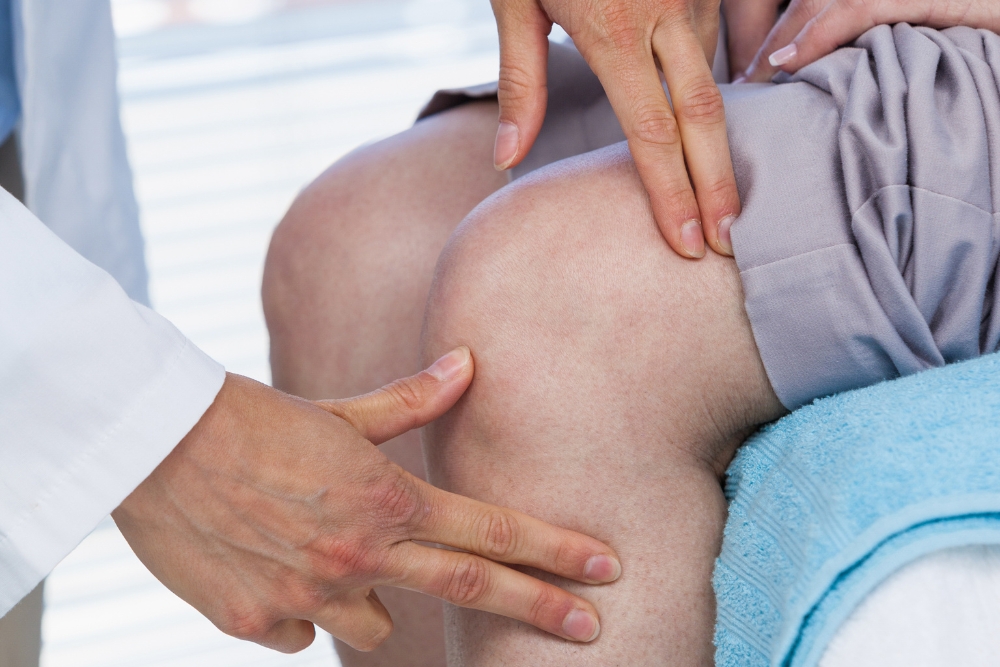Essential Tremor Treatment: Options for Shaky Hands and Care
Essential tremor is a nervous system condition that most often causes rhythmic shaking during movement, commonly in the hands. This article explains typical causes, how clinicians evaluate tremors, treatment options from lifestyle changes to medical procedures, and approaches for managing everyday tasks. The goal is to describe realistic options and what people can expect when seeking care for shaky hands.

This article is for informational purposes only and should not be considered medical advice. Please consult a qualified healthcare professional for personalized guidance and treatment.
What causes tremors?
Tremors are involuntary rhythmic movements that can arise from different sources. Essential tremor is thought to be related to abnormal activity in parts of the brain that coordinate movement, especially circuits involving the cerebellum and thalamus. Family history is common, so genetic factors often play a role. Age can increase expression of symptoms. Other causes of tremors include medications, metabolic disorders, or Parkinson’s disease, so clinicians consider a broad differential diagnosis when evaluating new or changing tremors.
How are tremors in the hands evaluated?
When tremors affect the hands, evaluation typically begins with a detailed history and a neurological exam to characterize frequency, amplitude, and triggers (for example, action versus rest). Doctors may ask about family history, medication use, alcohol sensitivity, and functional impact on daily tasks. Testing can include blood work to rule out metabolic causes and imaging such as MRI if structural causes are suspected. Quantitative tremor scales or wearable sensors sometimes assist in monitoring severity over time and guiding treatment decisions.
Which treatments help shaky hands?
Treatment for shaky hands varies by severity and personal goals. For many people, noninvasive measures are tried first: occupational therapy to learn adaptive techniques, weighted utensils and braces, and behavioral strategies to reduce stress and caffeine. When symptoms interfere with function, medications can be effective for some individuals—commonly used examples include beta-blockers and anticonvulsants—though response and side effects vary. Botulinum toxin injections may help specific tremor patterns in select cases. Decisions are individualized and balanced against potential adverse effects.
What medical procedures exist for essential tremor?
For people with disabling tremors that do not respond adequately to medication, several medical procedures are available. Deep brain stimulation (DBS) is a reversible surgical option that delivers electrical stimulation to targeted brain regions to reduce tremor. Focused ultrasound thalamotomy (MRI-guided) is a noninvasive procedure that uses focused ultrasound to create a small lesion and may improve tremor on the treated side. Stereotactic radiosurgery or radiofrequency thalamotomy are other lesion-based approaches. Each option has potential benefits and risks; candidacy depends on overall health, symptom pattern, and informed discussion with a movement disorders specialist.
How does the nervous system relate to essential tremor?
Essential tremor involves circuits of the nervous system that coordinate movement, particularly pathways connecting the cerebellum, brainstem, and thalamus to the motor cortex. Abnormal rhythmic firing and altered connectivity in these networks are believed to generate tremor, though the precise mechanisms are not fully understood. Research continues to refine the neurophysiology and genetics behind the condition, which informs development of targeted therapies and helps clinicians tailor treatments based on individual nervous system function.
Managing daily life and local services
Beyond medical treatments, many people find meaningful improvement through practical aids and local services. Occupational therapy teaches hand-strengthening exercises and compensatory strategies for dressing, writing, and eating. Adaptive devices—weighted utensils, ergonomic pens, or stabilizing wristbands—can reduce the impact of tremor on routine tasks. Movement disorder clinics, neurologists, and rehabilitation services in your area provide assessment and multidisciplinary care. Peer support groups and patient education resources may also help with coping and shared problem-solving.
Conclusion
Essential tremor treatment is a stepwise process that starts with accurate diagnosis and considers the individual’s needs, symptom severity, and treatment goals. Options range from lifestyle modifications and adaptive tools to medications and, for some, surgical or focused procedures. Because responses and side effects vary, decisions are best made in collaboration with qualified healthcare professionals who can tailor care based on how tremors affect daily life.





